In order for power to oscillate back and for the between the source and the inductor, the source must be capacitive. That is, it must either contain a capacitor of a sufficient size or it must be able to behave as if it were a capacitor. Wound field synchronous generators can be made to behave as if they were capacitors by adjusting the field current. Any other type of generator or AC source, requires a capacitor to supply an inductive load.
The key concept here is that energy is stored in capacitors and in inductors. Since the current leads the voltage in a capacitor and lags the voltage in an inductor, energy can "oscillate" or transfer back and forth between a capacitor and inductor. That should provide a decent intuitive understanding of the statement "Reactive power is that power which is constantly oscillating between the source and the load." This is mostly a concept that is important in AC power generation, transmission, distribution and utilization. It may be looked at differently in the signal world.
Note that it is also useful to understand the mathematics as presented in the time domain by @Andy aka. At some point, you will also need to understand the vector representations.
The understanding of how a wound-field synchronous machine can act as a capacitor is important, but beyond the scope of this question.
More Detail
To look at the problem in more detail, refer to the diagram below.
At phase angle zero, the current is zero, so the inductor magnetic field is zero and no energy is stored. The applied voltage causes the current to rise and energy is transferred to the resulting magnetic field in the inductor. The rate of transfer of energy from the source to the load is shown by the power curve. The power at each instant in time is the voltage at that time multiplied by the current at that time. The actual energy stored is the area under the curve.
At 90 degrees, the voltage reverses, the current begins to decrease and energy is transferred from the inductor back to the source. The power is negative because the direction of energy transfer has reversed.
At 180 degrees, the current reverses resulting in another reversal of the direction of energy flow.
The flow of energy continues back and forth as shown.
If the AC source is considered to be ideal, we can simply say that it accepts the returned energy. A real power source must have a physical mechanism to accept the returned energy. It has been proposed in a comment that the generator simply asks as a motor and accelerates its own inertia and the inertia if the driving engine slightly every time it received returned energy. That might be possible, but at minimum, it is problematic and inefficient. What happens in power distribution systems is that capacitance is built into the source to complement the load inductance by storing energy the times the load returns it and supplying it back to the load as needed. As mentioned above, the capacitance may be supplied by a capacitor or by using the unique capability of a synchronous machine to "behave as a capacitor."
Note that the vertical scale in the diagram is 100 V, 100 A and 1000 W per division.


